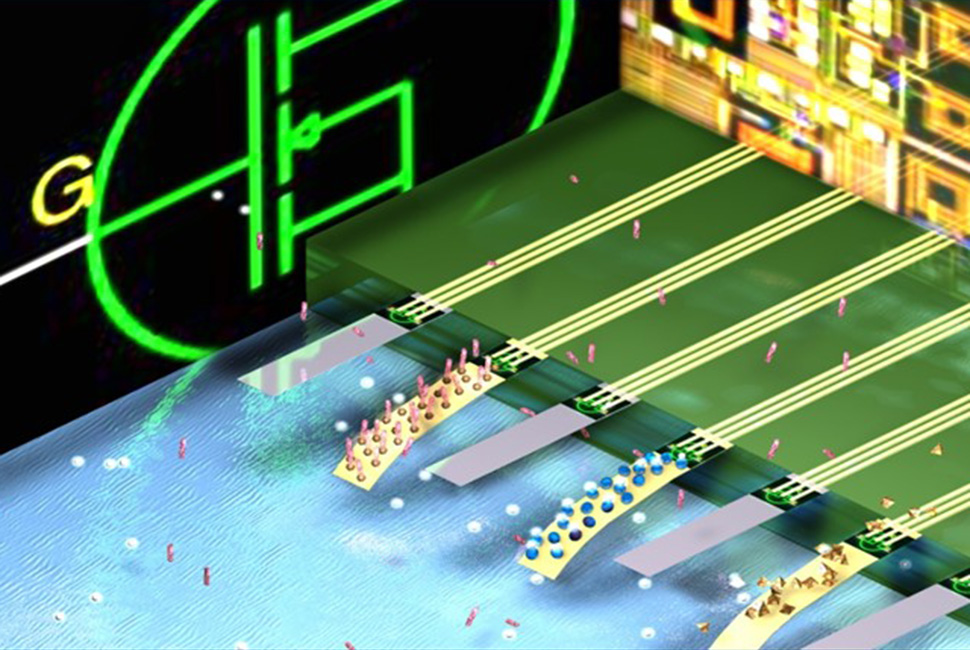The background
HIV-diagnostic technology traditionally relied on the detection of HIV-specific antibodies that form several weeks after infection. This has limited their use in early detection, complicating patient care and HIV prevention efforts. Newer tests that detect both HIV antibodies and the p24 antigen (an earlier marker of HIV infection) are now the gold standard for diagnosis, but require clinical labs to run results, contributing to longer processing times, higher costs and the need for multiple patient visits.
The new test
The technology, described in a study in the journal Biosensors and Bioelectronics, uses a nanomechanical platform and tiny cantilevers to detect multiple HIV antigens at high sensitivity in a matter of minutes. These silicon cantilevers are cheap and easy to mass produce and can be readily equipped with a digital readout. Built into a solar-powered device, this technology could be taken to hard-to-reach parts of the world where early detection remains a challenge to deliver fast interventions to vulnerable populations without waiting for a lab.

